We provide repair and restoration services for all types of china, ceramic and pottery including figurines, plates, vases and other art objects. Initially all pieces are cleaned and cemented together. Once the piece is together, you can choose to fill in the missing areas and paint, glaze, and redecorate the piece to match the original color, texture, and sheen. If you prefer, you can opt to have your china invisibly restored back to its original condition. Once a piece is invisibly restored the damaged area is invisible to the naked eye, to touch or even to black light.
We can also help with damaged crystal, whether a direct repair or restoration of a speciality item. The type of damage done to your crystal or glass will determine your repair options. If your crystal has been chipped, we can fill in or grind down and polish the damaged area. We take special care to ensure that the piece retains its original shape and integrity.
For broken crystal, we can cement it back together using a special resin that is non-yellowing, light reflective, water-proof, boil proof, and is cured under an ultraviolet light. Any missing areas can be filled in, reshaped and polished. Missing bases and stems from glasses or vases can be replaced.
Looking for expert ceramic repair and restoration service? Dean Schulefand and Associates has over 30 years of experience working with different types of ceramics and has perfected his art so that the damage done to a ceramic piece will be undetectable to the naked eye, to touch and to blacklight. Not only can Dean Schulefand and Associates restore a damaged piece of ceramics, they can also remove and correct a poorly done restoration.
Dean Schulefand is one of very few talented individuals in the U.S.A. who is experienced in china restoration. He is personally involved in the restoration of every piece to assure consistent and quality results.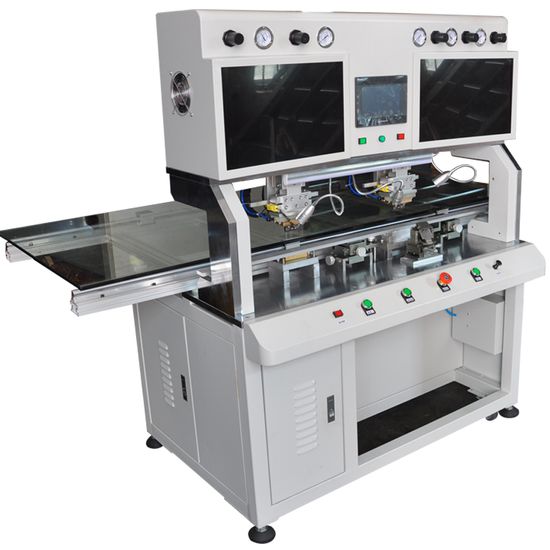 All of our antique glass restorations are 100% unconditionally lifetime guaranteed.
All of our antique glass restorations are 100% unconditionally lifetime guaranteed.
It has been in use for over 4000 years in China. It is made from special white clay and fired at a temperature of 1280 degrees centigrade. There are a couple different ways in which these items are decorated. The most common today is molded, decorated, and glazed. Others are molded and enameled then fired again. The third type is under glaze in blue and red. The Chinese have always been extremely proficient at their work, and have produced numerous pieces that look like coral, glass, stone, and many other materials.
If you own a damaged Swarovski collectible, Dean Schulefand & Associates can help. With over 30 years experience, we can restore these pieces back to their original glory. Swarovski crystals can suffer cracks, chips and scratches. Our experts can restore your Swarovski collectible back to new so it can remain a cherished keepsake for years.
All Waterford crystals are hand-detailed masterpieces that are worthy of becoming family heirlooms if handled with care. While Waterford crystals feature hard glazes to protect your collectibles, they still are vulnerable to scratches and breaking. No repair is too great or too small for Dean Schulefand & Associates. Allow us to restore the luster back to your Waterford collectible.
| ||||||||||||||||||||||||||||||||||||||||||||||||||||||||||||
| ||||||||||||||||||||||||||||||||||||||||||||||||||||||||||||
| COPYRIGHT LakesidePottery LLC; Page updated on: 10/29/2022 |
The presence of glaze is the main distinguishing quality of porcelain.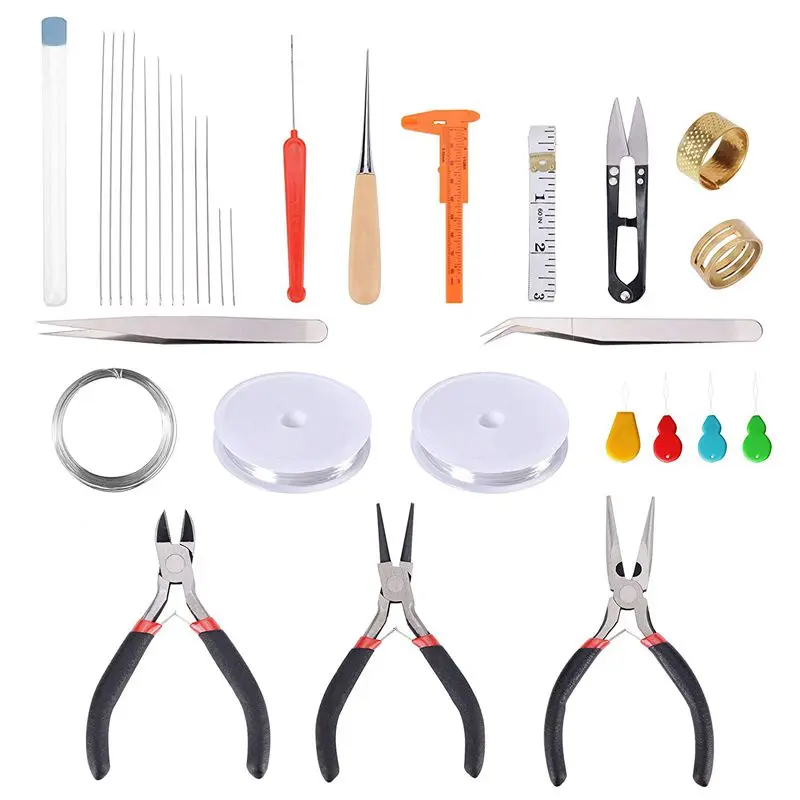 Many people ask the question: "How to wash porcelain and how to care for dishes?" Collect all the components of the broken pottery. Before starting restoration work, each of the fragments should be placed in paper, after cleaning if they are dirty.
Many people ask the question: "How to wash porcelain and how to care for dishes?" Collect all the components of the broken pottery. Before starting restoration work, each of the fragments should be placed in paper, after cleaning if they are dirty.
You will need the following materials: paint thinner, cotton swabs, wipes, abrasive powder, matches, emery, glue, razor blade, soft brush, adhesive tape. nine0007
1. It is necessary that all fragments are dry and, most importantly, clean. Wash the broken edge first. Do not wet ceramics too much. If soapy water doesn't clean it, use acetone.
2. Bleach the chip with a special solution.
3. Before you start gluing, match all parts of the object. See how tightly they fit together. You will also have an idea of the best order in which to glue the pieces together. nine0007
4. Glue the smallest ones first, and only then move on to the larger ones.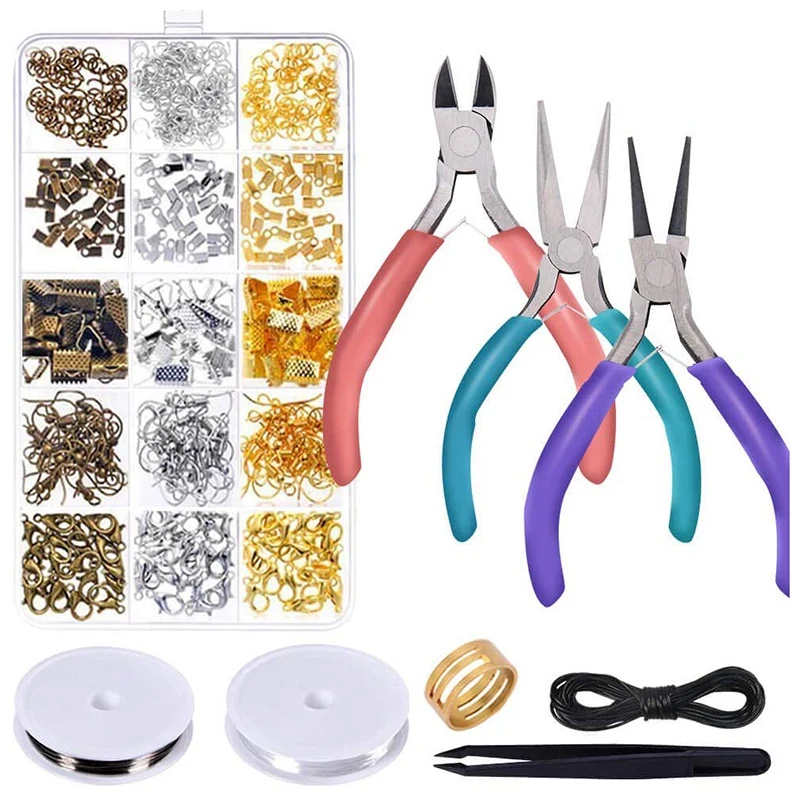
5. Remember to remove excess adhesive with a swab.
6. Add the special pigment of the desired color to the adhesive.
7. Glue the edges of adjacent pieces together using matches.
8. Wait until the item is completely dry. It usually takes about 24 hours. Carefully remove excess adhesive with a razor blade. nine0007
9. If a small part of the product is missing, mix the adhesive with talcum powder. Use your fingers to fill the hole with the mixture. Sand the surface.
10. If a large piece is lost, plasticine will come to your aid.
11. Apply a two-part mortar to the chipped area. Fill the plasticine mold with paste. Wait for the paste to dry.
12. Remove the mold, sand the surface with sandpaper. Be careful not to scratch the glaze. nine0007
13. Apply dry paste in the appropriate colors, repeating the pattern exactly.
14. Place paper under the fry and trace around the pattern to transfer the pattern.
If a piece of noble material is of great value to you, you should not undertake the restoration yourself. It is best to entrust this matter to a specialist. If you still decide to save money and do everything yourself, remember a few principles that will help you successfully restore an item. nine0007
General rule: do not wet the porous ceramic layer too much during cleaning. Glue the porcelain sets of plates as soon as the pieces have been washed and dried. After the glue dries, it may be necessary to restore the pattern. You will be helped by ordinary acrylic paints, which can imitate the gloss of glaze, as well as enamel paints used to decorate porcellana. Choose the colors for the pattern carefully and don't try to match the background as you won't be able to find the right shade. nine0007
1. Sand the area around the cracks, mix the adhesive and place in the oven. Set the temperature to 200°C. When the handle gets hot, turn off the oven. This will provide the best bonding.
Sand the area around the cracks, mix the adhesive and place in the oven. Set the temperature to 200°C. When the handle gets hot, turn off the oven. This will provide the best bonding.
2. Apply the paste as soon as possible to fill the crack as tightly as possible.
3. Then use the same blade to remove the remaining glue, taking care not to damage the pattern. Wait for the flower vases to cool down. nine0007
Follow our beautiful Instagram senior_farfor and learn all about table etiquette!
Ceramic and porcelain decorations can be found in almost every home. The statuettes left by grandmothers are now becoming a rarity and gaining more and more value every year. The only drawback is their fragility. One awkward move and you have to pick up the pieces. But there is no need to immediately fall into despair. Perhaps the thing can be saved.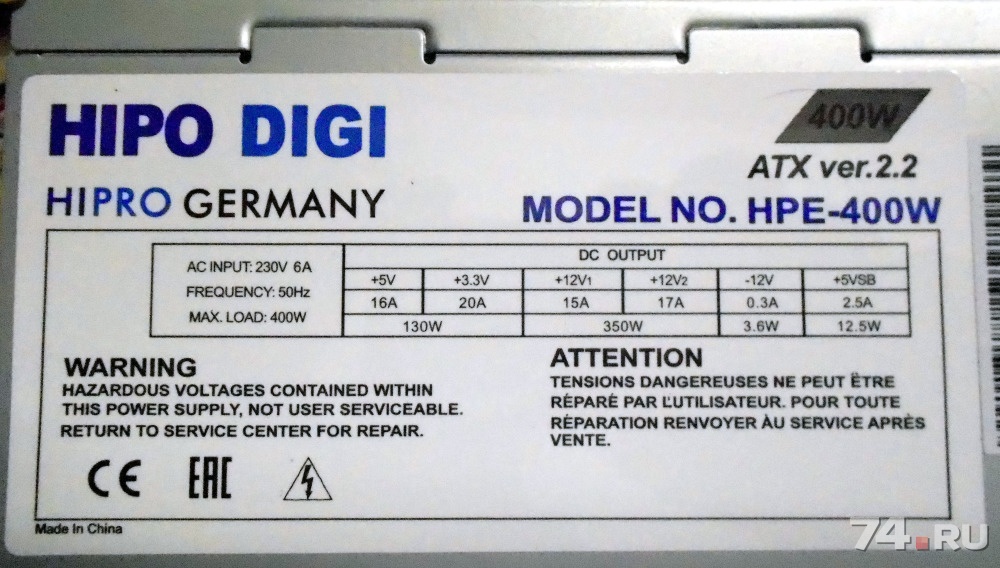 To do this, you need glue for ceramics. nine0007
To do this, you need glue for ceramics. nine0007
repair ceramics with glue
Ceramics, unlike porcelain, do not shine through, so if the glue line is thin, the crack may turn out to be completely imperceptible. nine0007
Ceramics can be glued with one of the types of synthetic solutions based on cyanoacrylates, which are sold in stores or on the Internet:
Before starting the restoration, everything must be prepared in advance, because the material sets within 3-5 minutes. nine0007
Porcelain is a type of thin ceramic, it is translucent in the light. To repair it, compositions with the lightest structure are needed, they create a transparent thin layer. So that when translucent, the crack was less noticeable.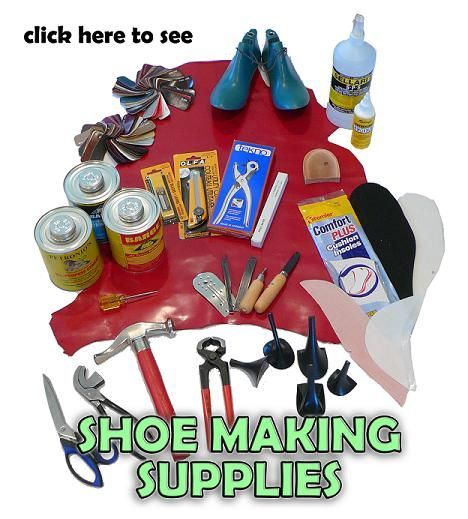
To repair porcelain, the following types of coupling components can be used:
What you need: half a liter of water, 50 gr. sugar, 50 gr. slaked lime.
The water must be clean and free from rust, otherwise the solution will turn yellow.
Mix everything, put on a small fire and keep on the stove for 3 hours (do not boil). Leave the solution for 4-5 hours until the excess liquid exfoliates. It must be carefully drained. nine0007
Next, add 200-250 gr. dry mix for laying tiles and mix. Close the lid tightly and leave overnight.
See also: What and how to glue the toilet.
After the solution has settled, pour off the liquid again and boil for 10-15 minutes. Glue is ready.
If you have pure white gypsum, you can make porcelain glue yourself.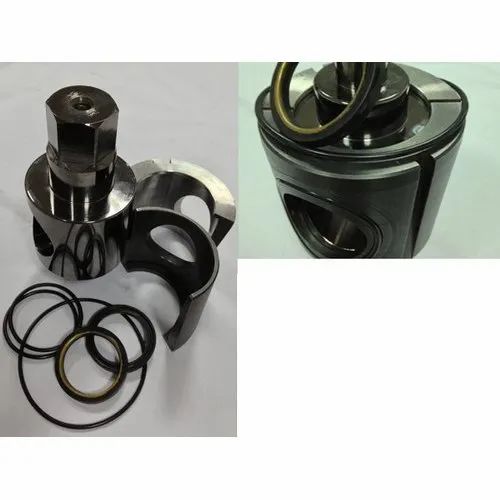 For this you will need:
For this you will need:
What to do: Separate the white from the yolk. Beat a little to get a soft foam. Add plaster of paris and mix well.
Useful video on the topic:
When it is not possible to determine the type of material, universal restoration compounds can be used.
These formulations include:
The following features are distinguished:
 nine0083
nine0083 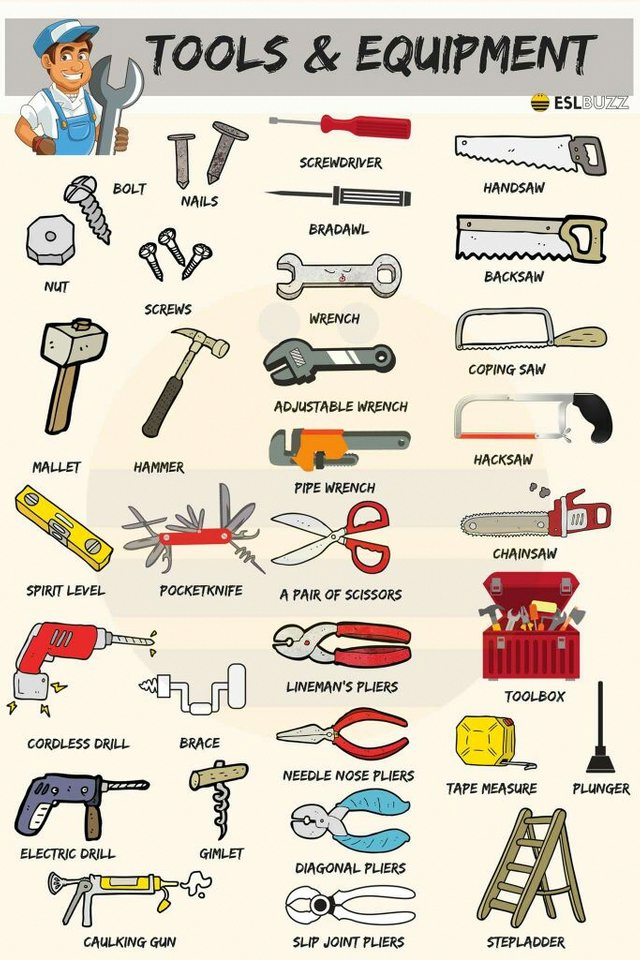
See also: How to glue a puzzle: step by step instructions and glue selection.
To restore the original appearance of porcelain objects, you need to act carefully and take your time.
Procedure:
Do not wipe broken pieces with a kitchen towel, the sharp edges may leave fabric fibers. nine0007
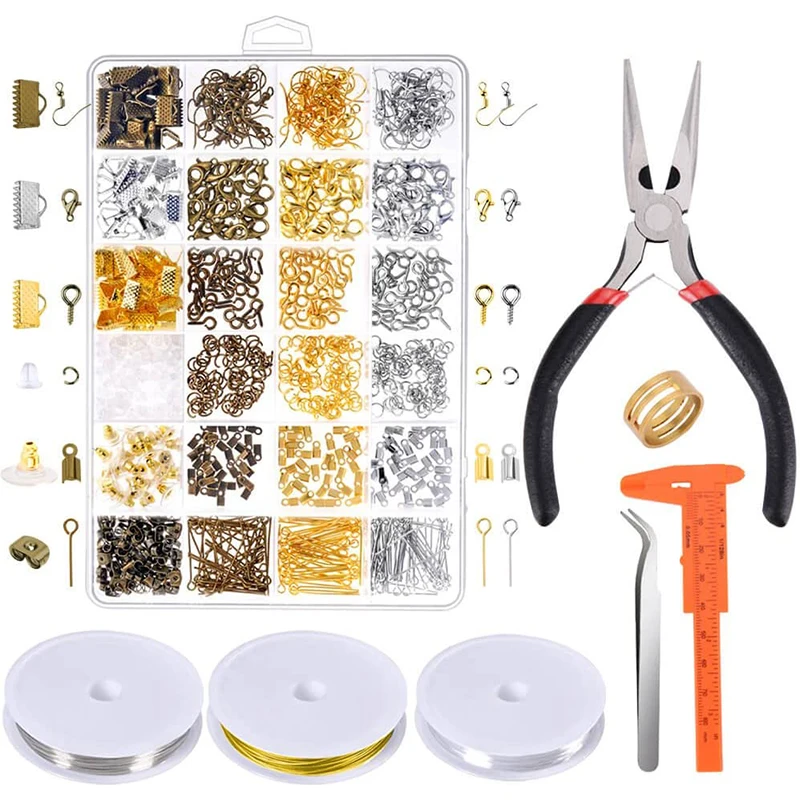 With a clean non-woven cloth, remove the remnants of the adhesive solution, the substance gain strength for 1-2 hours. nine0083
With a clean non-woven cloth, remove the remnants of the adhesive solution, the substance gain strength for 1-2 hours. nine0083 See also: How to choose an adhesive for plastic.
Interesting video on the topic:
When the restoration of porcelain or ceramics is completed, the restored object requires a special approach. nine0007
